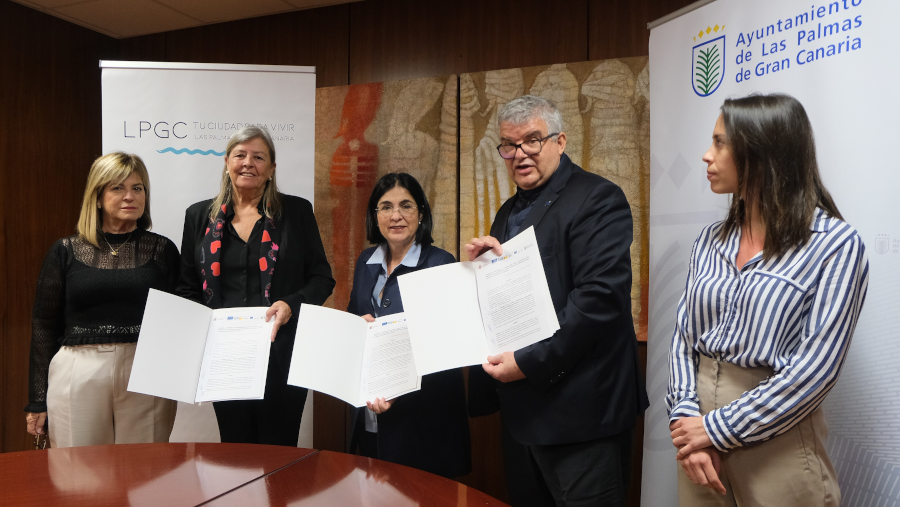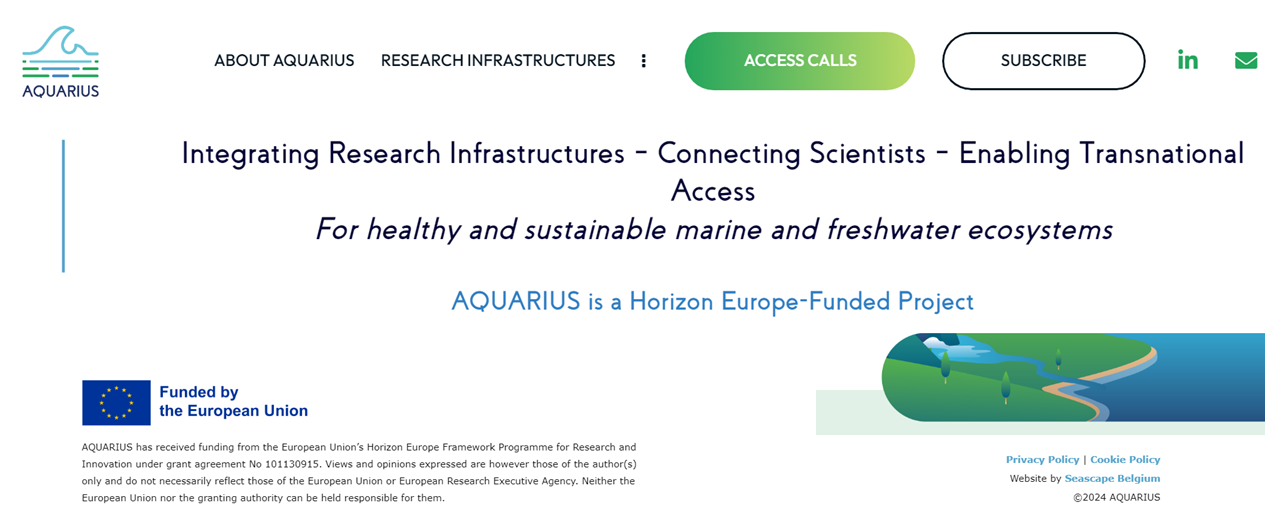The European FLOTANT project coordinated by PLOCAN, which aims to develop an innovative and low-cost floating offshore wind technology, optimised for deep water (100m-600m) and to sustain a 10+MW wind turbine generator, has recently concluded the validation model tests in the offshore basin of MARIN, Dutch research institute for the maritime industry and project partner.
Offshore wind constitutes one of the most relevant commitment to the future for the electricity generation in accordance with the Green Deal promoted by the European Commission, with a forecast of 60GW for 2030 and 300GW for 2050, in order to achieve the objective of having a fully decarbonised power system in 2050.
After months of design, adjustments and simulations, a 1/50 scale prototype has been tested at MARIN facilities. The prototype has withstood waves, winds and marine currents which simulate the extreme weather conditions of the two sites selected to study this innovative technology, the South Coast of Gran Canaria and West of Barra, in Scotland. The tests have simulated waves over 15 meters and winds up to 27 meters per second.
The ocean represents an inexhaustible and still unexploited source of energy, especially far from the coast, where the highest percentage of wind resource is found, but the depth imposes a series of technological challenges that must be overcome.
FLOTANT addresses those challenges based on a novel hybrid concrete-plastic floating substructure; new composites, multistranded tethers and polymer springs; lightweight power cables; and other innovations to achieve the goal of a clean energy with an expected LCOE (index which compares the energy efficiency in terms of cost production with other technologies) in the range of 85-95 €/MWh.
[embedyt] https://www.youtube.com/watch?v=iBdQOU4iIiw[/embedyt]




